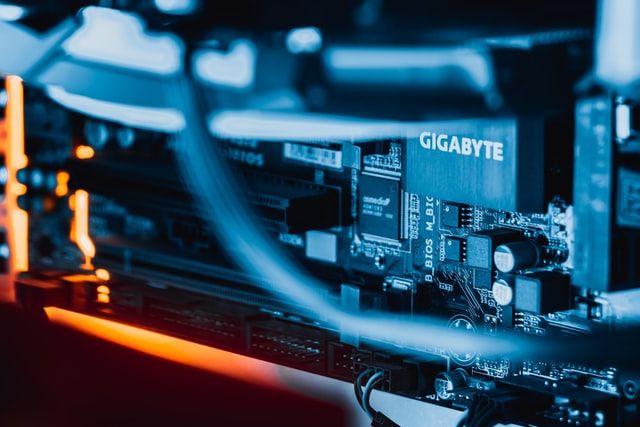
14 Jan 2022
'Power management improves server energy efficiency by 10%'
Over the last few months, companies and government agencies in Amsterdam have achieved energy savings of 10 percent. This was achieved by running servers in savings or eco mode without affecting performance or availability. In other words, they applied the power management functionality of their servers optimally.
With this result, the data center energy-saving coalition LEAP (Lower Energy Acceleration Program) has achieved its first success in reducing Amsterdam's digital infrastructure's energy consumption by 20 to 40 percent over the next three years. The additional energy savings will ideally be achieved through virtualisation technologies, which ensure that servers not only run efficiently, but also utilize their workload capacity effectively.
Pilot projects
LEAP facilitates a number of pilot projects performed at large enterprises including Amsterdam International Airport (Schiphol), telecom provider KPN, and Rabobank. Hardware vendors HPE and Dell closely monitored the pilots.
In addition, the pilots revealed that IT departments often lack the knowledge, skills or time needed to use the capacity of servers optimally when it comes to virtualisation. To remedy this problem, the LEAP partners have combined the results of the power management pilots with training and instruction material focusing on virtualization. This has resulted in what is called the 'Happy Flow Manual', a set of best practices that enable IT departments to reduce energy consumption without compromising the performance of their servers.
Little effort, great results
In the Netherlands, ICT-focused energy reduction programs have resulted in energy-efficient data centers. In the Amsterdam region, for example, companies applying for a permit for a new data center must demonstrate that their design will have a PUE below 1.2. However, the demand for energy in the ICT sector in Amsterdam will grow as the amount of data traffic continues to increase. LEAP aims to further optimize the energy efficiency of data centers. Government agencies, companies, and universities are collaborating in LEAP to achieve a sustainable and energy-efficient digital economy at a faster pace
“Our participation in this pilot shows that you can achieve energy savings of 10 to 13 percent with just a little effort. Essentially, you should check your power management settings and make sure that your servers are running when they're needed. The fear that changing power management settings will affect your performance is unfounded," said Mark Spronk, Senior Project Manager at Amsterdam International Airport Schiphol.
No technological innovation required
There are currently more than one million physical servers in the Netherlands. This study examined 60 of them. No technological innovation was required to put these data servers in eco mode (server vendors use different names for their power management settings). Most servers are shipped with a standard set of one-size-fits-all power management settings. It is possible for IT departments to change these settings themselves - either in the hardware or in the virtualisation software. Many IT departments lack policies that determine the optimal power management settings for their servers and applications, as the pilots showed. Furthermore, in some cases they did not fully understand how the power management settings in the server hardware and in the virtualization layer interact with one another. When not chosen carefully, settings at these layers often compete rather than complement each other.
Pilots have shown that optimizing the power management settings of servers can save up to 10% of energy. There is also evidence that better use of virtualization can be even more impactful. Using virtualization better can reduce the number of servers by making better use of unused server capacity. Consequently, material and energy are saved.
"Virtualizing and consolidating 10 or more of these under-utilized servers is easy and allows for much greater energy savings than just applying power management to each one separately. It also saves money and reduces the need for critical materials. Using these techniques allows existing servers to perform more work, so that fewer physical servers are needed,” says Jelle Eric de Vries, Sustainability Advisor at Dutch telco KPN.
Happy Flow Manual
In spite of the fact that some of the participating companies were well aware of the benefits that both power management and virtualisation can have on the energy consumption of their data centers, they had not yet implemented them on a large scale. According to this study, there are at least three reasons for this:
- Lack of technical knowledge about virtualization.
- Prejudices about performance loss when using power management.
- Priorities and policies are lacking.
LEAP is helping organizations reduce their server's energy consumption by making the 'Happy Flow Manual' available for download. A simple step-by-step plan with which all organizations that have data servers, in their own office or in a data center, will be able to activate power management, understand virtualization opportunities, and work more efficiently. There is also an English language version available since the LEAP project results may also be relevant for ICT data center users in other countries.
Photo credit: Florian Krumm
Follow us on social media:


.d57b427b.png&w=3840&q=75)

















